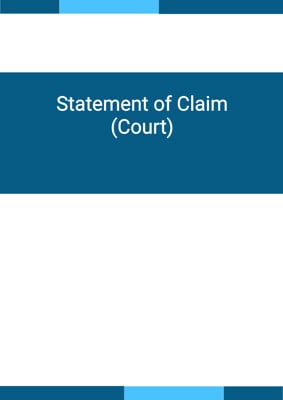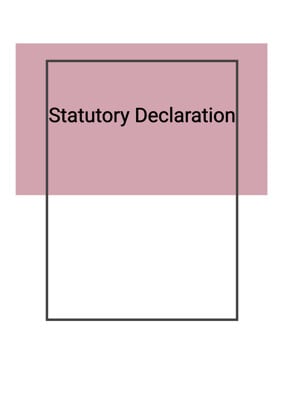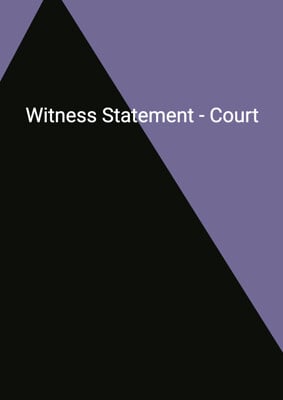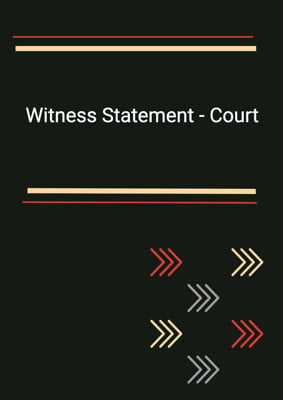How to Tailor the Document for Your Need?
01
Create Document
Fill in the details of the parties. You can click the "Fill with Member’s Information" button to complete it with information saved to your account.
02
Fill Information
Please fill in any additional information by following the step-by-step guide on the left hand side of the preview document and click the "Next" button.
03
Get Document
When you are done, click the "Get Document" button and you can download the document in Word or PDF format.
04
Review Document
The document should be signed by the authorised signatory (or directors of a company) and witnessed to complete the formality.
Document Preview
Document Description
The document titled 'Notice of Appeal (Court)' is a legal document that serves as a formal notice of appeal in a court case. It is used by either the plaintiff or the defendant to inform the court and the opposing party that they intend to appeal a judgment or order made by the court. The document begins with the title 'Notice of Appeal (Court)' followed by the appeal number and the court of jurisdiction. It also includes the names of the parties involved in the case, namely the plaintiff and the defendant.
The detailed introduction of the entire document explains that the notice of appeal is being filed in accordance with the leave granted by the judge. It states that the court of appeal will be moved as soon as the appellant, whether it is the plaintiff or the defendant, can be heard. The notice of appeal seeks an order to set aside the judgment or order made by the judge and requests a new order. It also requests that the opposing party pays the costs of the appeal. The grounds for the appeal are also mentioned in the notice.
The document provides specific instructions depending on whether the appellant is the plaintiff or the defendant. It includes the proposal to assign the appeal to either the list of interlocutory appeals or the list of final appeals. The notice is dated and signed by the appellant, who is acting in person. The address for service of the appellant is also mentioned.
The notice of appeal also includes a section for the names and addresses of all persons or solicitors on whom the notice is to be served. It specifies the name and address of the opposing party and provides space for additional names and addresses if required. The notice concludes with a declaration of service, where the appellant confirms that the notice has been served on the opposing party by ordinary post on a specific date.
The document ends with the appeal number, court information, and the names of the parties involved. It includes a second declaration of service, where the appellant confirms that the notice has been served on the court registrar at the specified address on a specific date. The document is filed on the current date.
How to use this document?
1. Prepare the notice of appeal: Fill in the appeal number, court of jurisdiction, and the names of the plaintiff and defendant.
2. Determine the appellant: Identify whether the appellant is the plaintiff or the defendant.
3. Request leave from the judge: If the appellant is the plaintiff, request leave from the judge to move the court of appeal. If the appellant is the defendant, request leave from the judge to be heard by the court of appeal.
4. State the grounds of the appeal: Clearly state the grounds for the appeal in the notice.
5. Choose the type of appeal: Decide whether the appeal should be assigned to the list of interlocutory appeals or the list of final appeals.
6. Provide the address for service: Enter the address for service of the appellant.
7. Specify the recipients: List the names and addresses of all persons or solicitors on whom the notice is to be served.
8. Serve the notice on the opposing party: Send the notice to the opposing party by ordinary post on a specific date.
9. Serve the notice on the court registrar: Send the notice to the court registrar at the specified address on a specific date.
10. File the document: File the notice of appeal with the court on the current date.



































